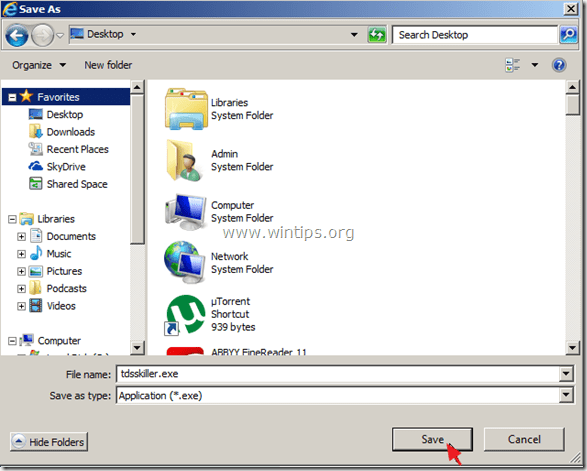
 In the “Search String” paste “ googleads.g.“. “ Filter Field” set to “Campaign Source”. “Field A -> Extract A” select “Campaign Source” and paste “ “.Īfter following the above steps instead of “googleads.g./referral” and “/referral” Google Analytics will present in the reports “googleads.g. / cpc” and “ / cpc”, which is not yet a total solution.
In the “Search String” paste “ googleads.g.“. “ Filter Field” set to “Campaign Source”. “Field A -> Extract A” select “Campaign Source” and paste “ “.Īfter following the above steps instead of “googleads.g./referral” and “/referral” Google Analytics will present in the reports “googleads.g. / cpc” and “ / cpc”, which is not yet a total solution. 
Repeat the action with the inclusion of “”
Checkboxes “ Field A Required“, “ Field B Required” and “ Override Output Field” should be selected.  “Output To -> Constructor” select “ Campaign Medium” and paste “ cpc“. “Field B -> Extract B” select “Campaign Medium” and paste “ referral“. “Field A -> Extract A” select “Campaign Source” and paste “ googleads.g.“. Go to Filters in Google Analytics administration. What filters to use? Change the medium to “cpc” However, this will help minimize negative situations and avoid assigning these transactions to inappropriate sources. This is not ideal because Google Analytics will not recognize the exact campaign, but only the source and medium. Although auto-tagging was enabled, the above sources in the reports still happened.īelow I would like to present in a few steps how to add the above mentioned sources to “google/cpc”. It is worth noting, however, that the solution to the problem, contained in the article from Google, did not work for our customers. According to the article “ References come from the address googleads.g. or ” – this is traffic from the Google Ads campaign and Google Ad Manager. If you want to verify revenue and have more accurate data from advertising campaigns, it’s a good idea to assign these traffic sources to Google paid campaigns (google/cpc).
“Output To -> Constructor” select “ Campaign Medium” and paste “ cpc“. “Field B -> Extract B” select “Campaign Medium” and paste “ referral“. “Field A -> Extract A” select “Campaign Source” and paste “ googleads.g.“. Go to Filters in Google Analytics administration. What filters to use? Change the medium to “cpc” However, this will help minimize negative situations and avoid assigning these transactions to inappropriate sources. This is not ideal because Google Analytics will not recognize the exact campaign, but only the source and medium. Although auto-tagging was enabled, the above sources in the reports still happened.īelow I would like to present in a few steps how to add the above mentioned sources to “google/cpc”. It is worth noting, however, that the solution to the problem, contained in the article from Google, did not work for our customers. According to the article “ References come from the address googleads.g. or ” – this is traffic from the Google Ads campaign and Google Ad Manager. If you want to verify revenue and have more accurate data from advertising campaigns, it’s a good idea to assign these traffic sources to Google paid campaigns (google/cpc).










